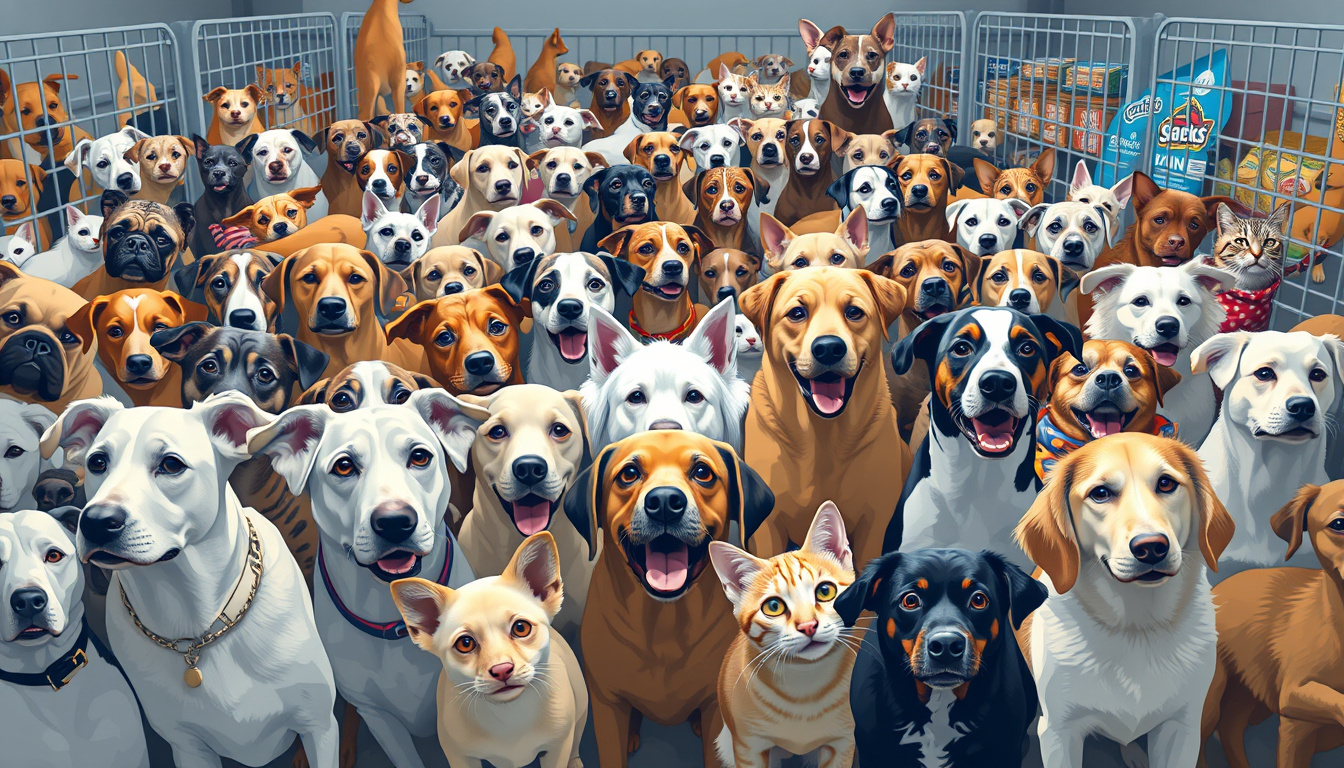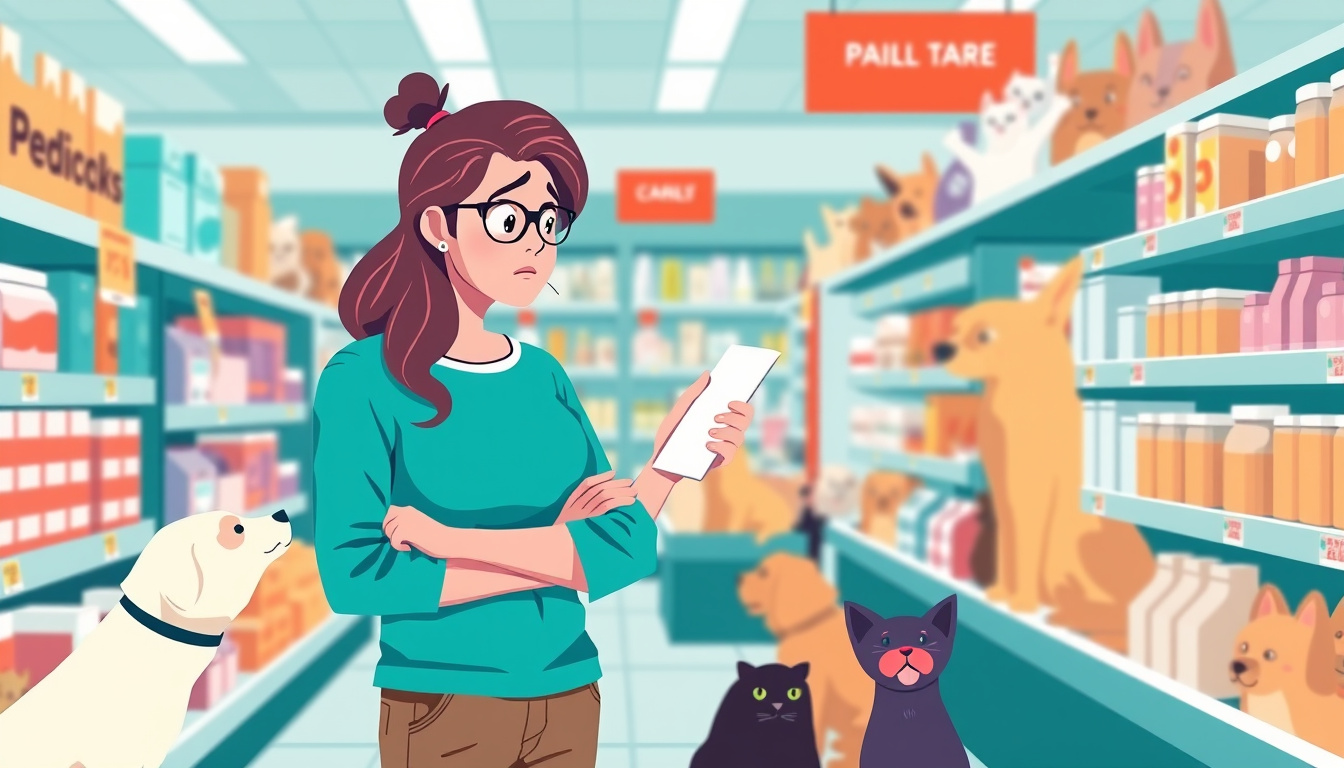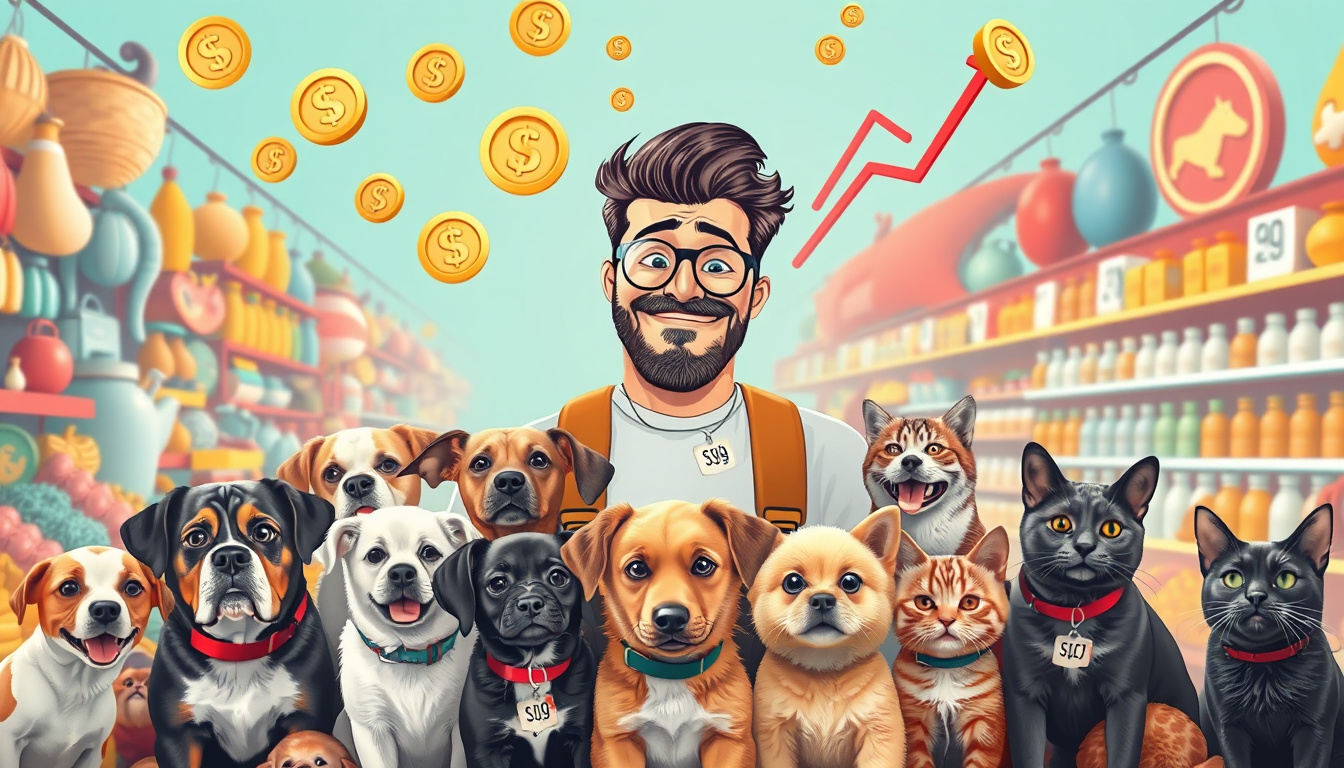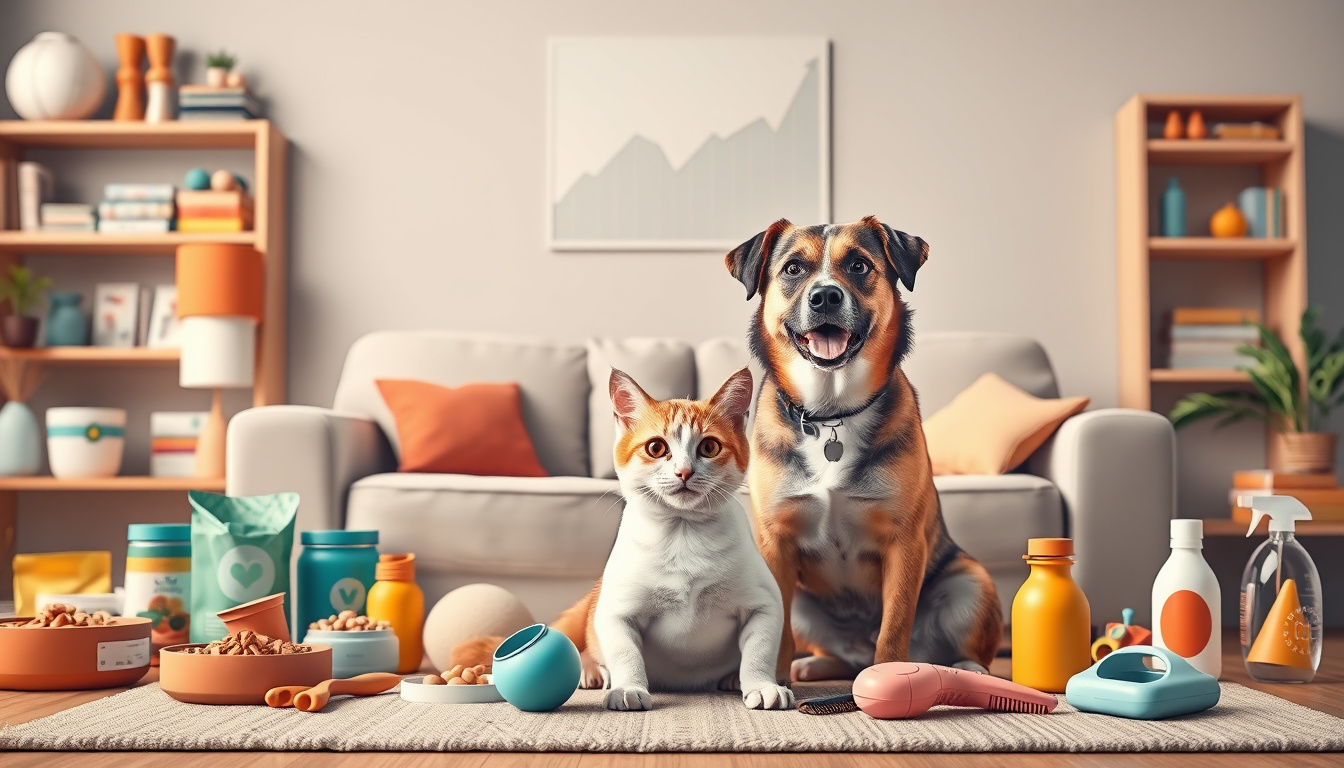
Tariffs Contribute to Rising Cost of Pet Ownership as Shelters Prepare for Increased Surrenders
By Lauren Avenatti
Published: May 1, 2025 | Updated: June 2, 2025
IOWA CITY, Iowa —
Pet ownership costs keep rising. Tariffs push prices higher. Animal shelters now prepare for more surrenders. Families face steep costs. A Forbes report links a 10-year-old dog to about $34,550 in lifetime expenses and a 16-year-old cat to roughly $32,170. Tariffs add to these heavy fees.
Devon Strief works at the Iowa City Animal Care and Adoption Center. She finds these figures very shocking. “The number was actually really mind-blowing to me," she said. Her words stress the fiscal weight pet owners must now bear.
Economic Pressures and Their Effects
Tariffs hit households hard. The Trump administration’s policies cause a strain. Darlene Olshansky, a volunteer and pet trainer, sees owners become overwhelmed. She explained, "They'll get them and take them home, and then they realize — wow, this is going to be a lot. And then those dogs end up in shelters." Her experience shows how quickly costs accumulate once a pet is welcomed home.
Strief notes that tariffs, job losses, and housing issues all combine. Families struggle to pay for vet visits and food. Extra expenses pile up. More costs mean more problems. This mix makes it harder for families to care for their pets.
Impact on Animal Shelters
Animal shelters in Iowa City and beyond suffer due to these pressures. Many shelters now hold more animals than they can manage. The staff works hard with few resources. “There are shelters and rescues everywhere that are just exploding with animals. They don't have the cages or kennels to keep them in a humane way that's justifiable long term. It's not fair for the animals, and it's really hard for the employees," said Strief. Her words show how much these challenges affect both animals and workers.
As pet surrenders seem likely to rise, the Iowa City Animal Care and Adoption Center urges everyone to investigate pet care costs. Prospective owners should understand the long-term financial commitments of pet ownership before adopting. Making an informed choice is key to keeping pets happy and families secure.
Community members can help by supporting local shelters and choosing to adopt rather than purchase pets. This support can ease the strain on shelter systems.
For more information on responsible pet ownership and help for prospective pet owners, please visit your local animal shelter or adoption center.
Stay Connected
For updates on local news and events, follow us on social media and subscribe to our newsletter.
© 2025 Sinclair, Inc. All rights reserved. Terms. Privacy Policy.
contact mindful ai media creations here: mindfulaimedia@gmail.com






